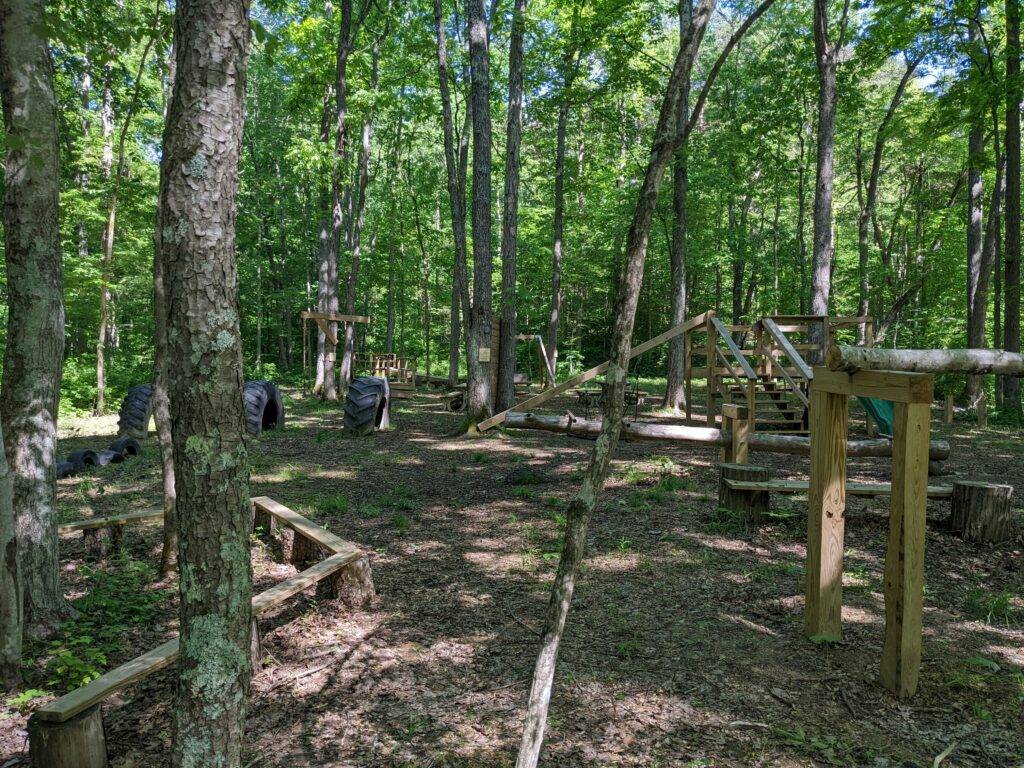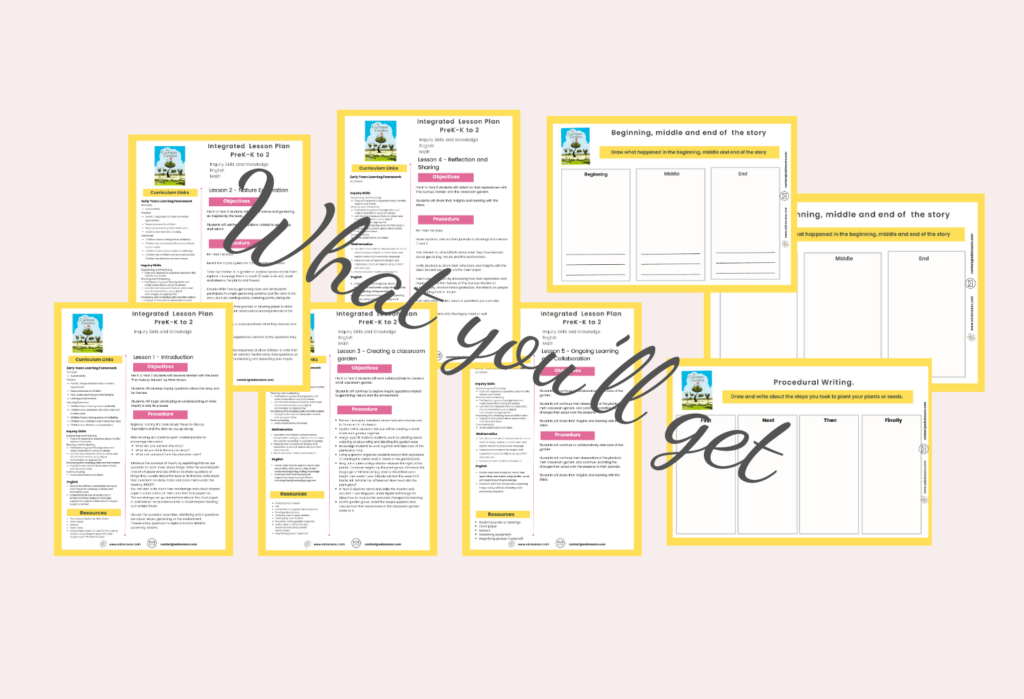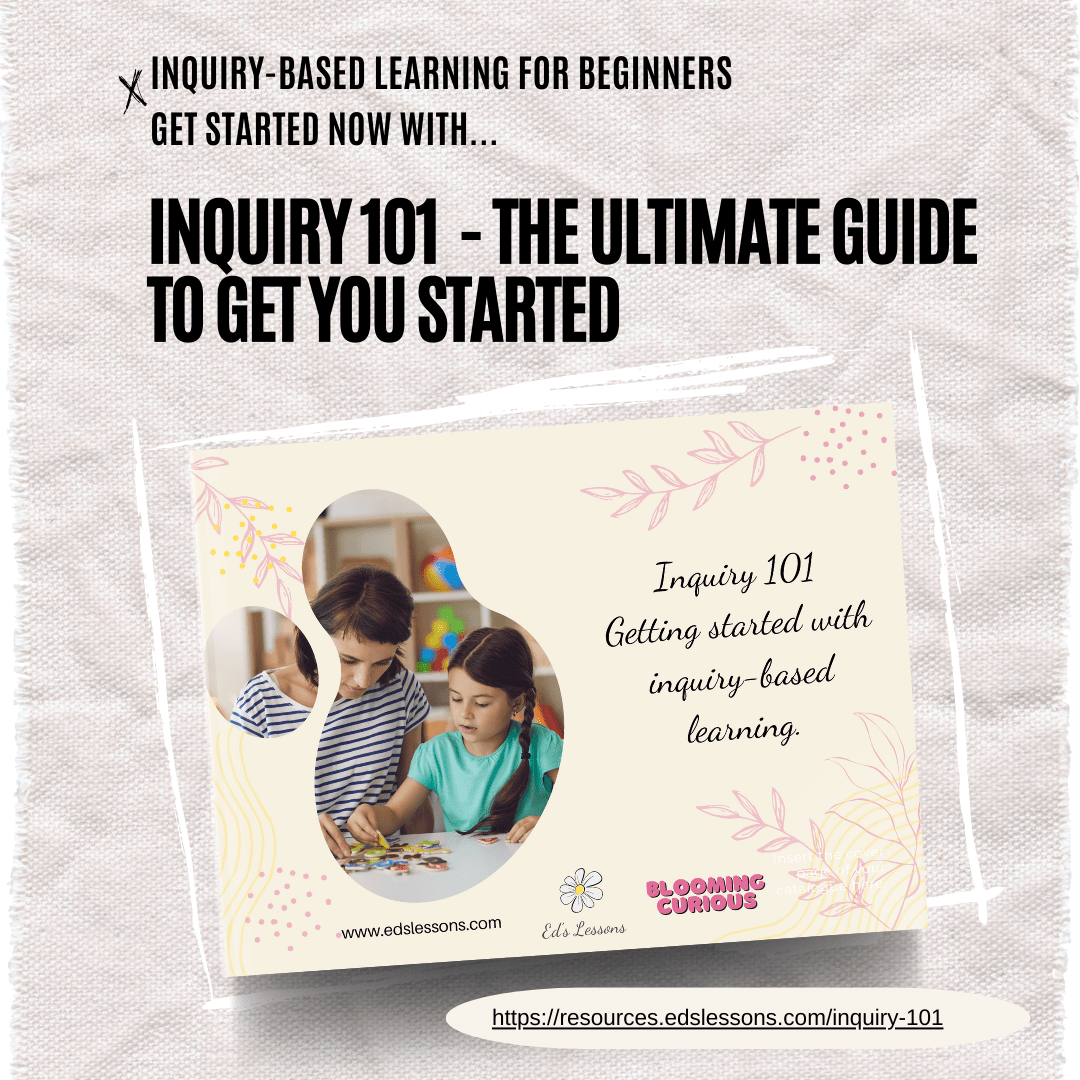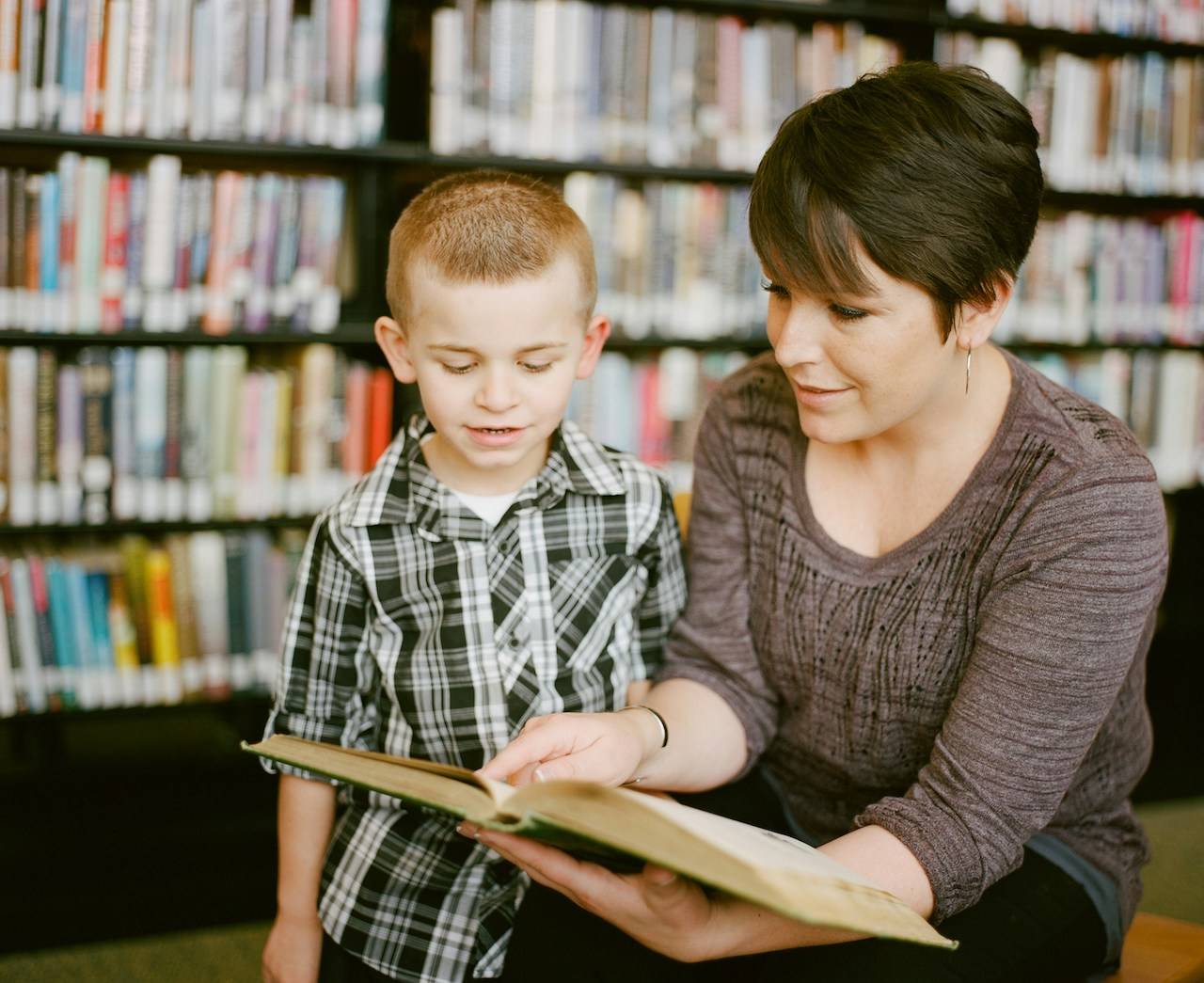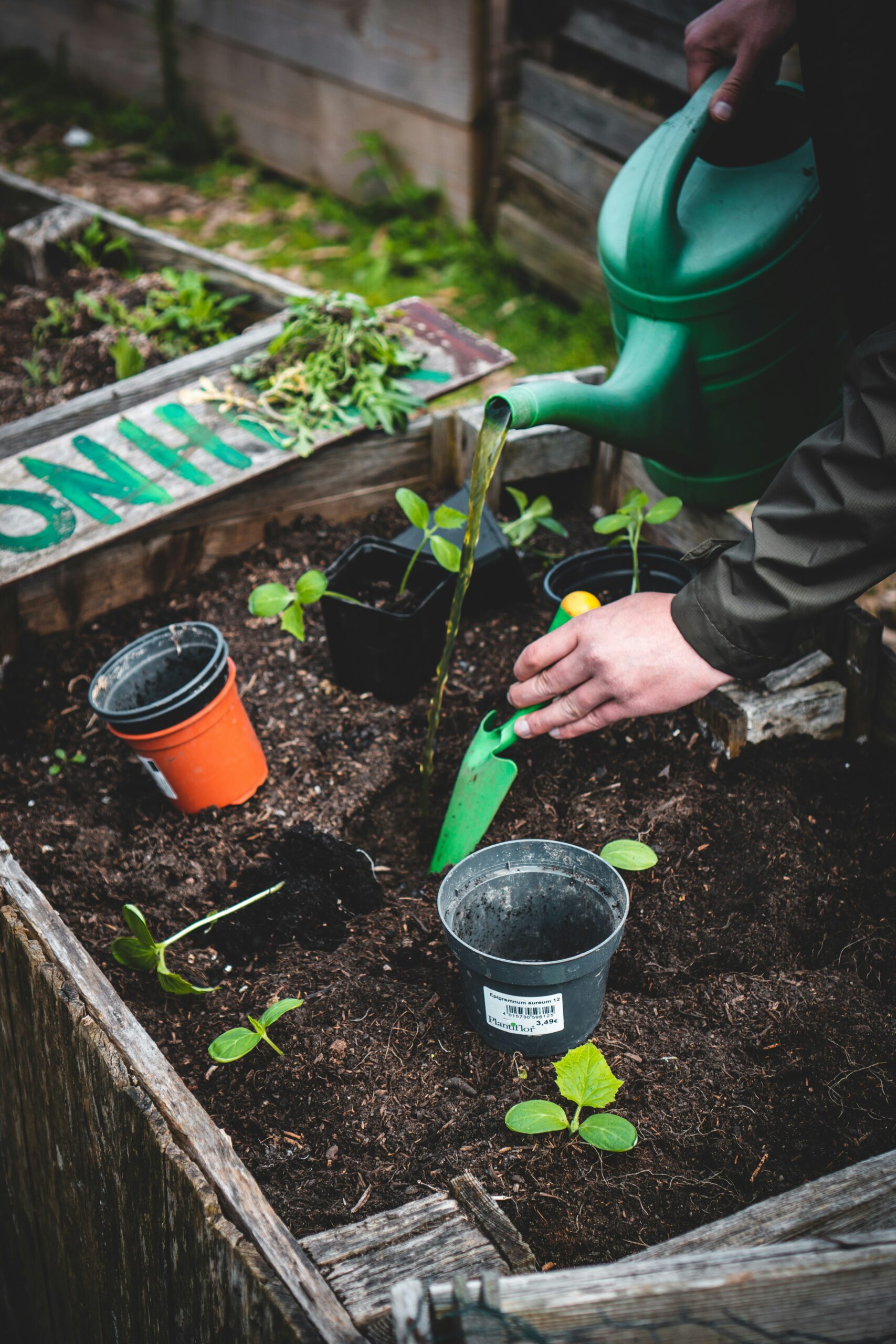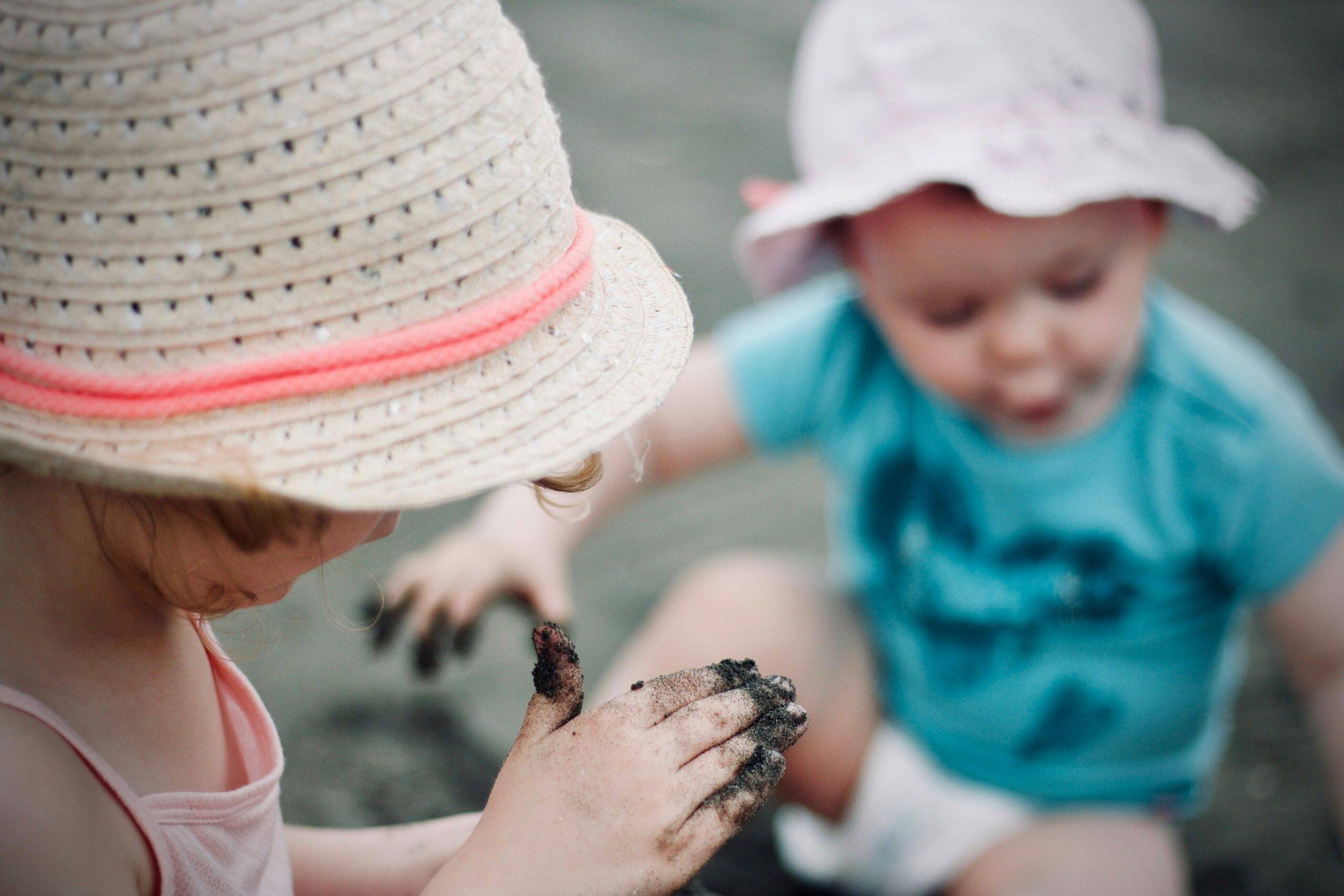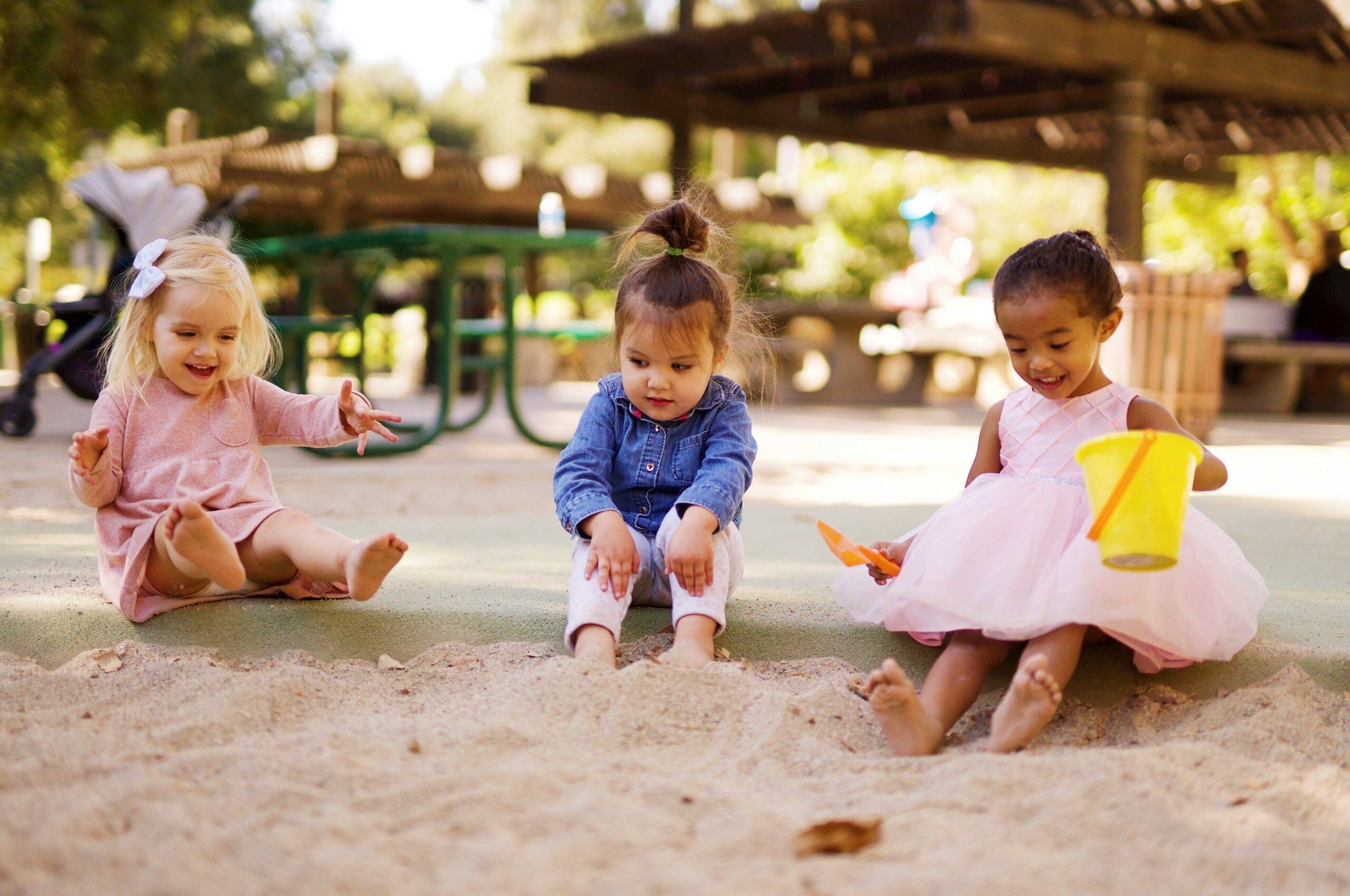Some of the links below may be affiliate links. This means that, at zero cost to you, I will earn an affiliate commission if you click through the link and finalise a purchase. All product recommendations are products that I have used and loved, or products that I would recommend based on experience.
The outdoor environment has the potential to be an extraordinary learning space that sparks curiosity and wonder in our children.
The possibilities outdoors are endless with the myriad elements nature generously provides us—water, sand, sticks, trees, rocks, pebbles, animals, nests, seed pods, leaves, plants, flowers, and the list goes on! The outdoor setting offers unique learning opportunities that can’t be replicated indoors.
When it comes to providing children with opportunities to play and learn outdoors, I believe we have a real opportunity to provide play and learning experiences for children that they may not be getting in their own homes.
Many children lack access to gardens or outdoor spaces, spending too much time on electronic devices. The repercussions—childhood obesity, social and emotional issues, and poor physical strength—are evident in the news and classrooms every day. So, let’s talk about turning that outdoor space into an enriching haven for our young learners.
Planning the Outdoor Learning Environment
Just like planning our indoor learning zones, evaluating and planning the outdoor space is crucial. Ask yourself:
- Will children engage in outdoor play, outdoor learning, or both?
- Are there elements of risk?
- Does the outdoor space encourage learning?
- What objects and structures facilitate engagement?
Making the Most of Your Current Outdoor Space
As educators, we often inherit outdoor spaces with existing play equipment. Take a moment to critically assess the area:
- Are there opportunities for fascination?
- Does it encourage authentic play?
- Is there room for physical activity and quiet relaxation?
If you think about it, so many children live in a processed world, filled with imagery and noise? How many have actually laid under a tree and listened to the wind rustling through the leaves, or watched the clouds move across the sky or felt the texture of wet sand between their fingers and smelt the fragrance of a herb or the grass after rain?
If you are lucky enough to be homeschooling in a country setting or you have a forest, bush or beach school, children are gaining rich authentic learning experiences outside, but what about those of us that are living and teaching children in urban settings?
As educators we know full well that children learn through doing. They build schema (link to blog post) by having experiences. Then why is it that so many outdoor spaces in schools are sterile? How can it be enough just to have the play equipment, or a ball? Are we catering for the budding musician, artist, writer, cook, or the quiet contemplative child who doesn’t want to kick the ball or ride the tricycle? What’s that kid going to do? Wonder around the space aimlessness looking for something to engage with until that bell goes and then he or she hasn’t even had a meaningful experience?
Our job is to create awe and wonder for the children we teach. To find ways to engage them in experiences that connect them to nature, build schema and feed their innate curiosity.
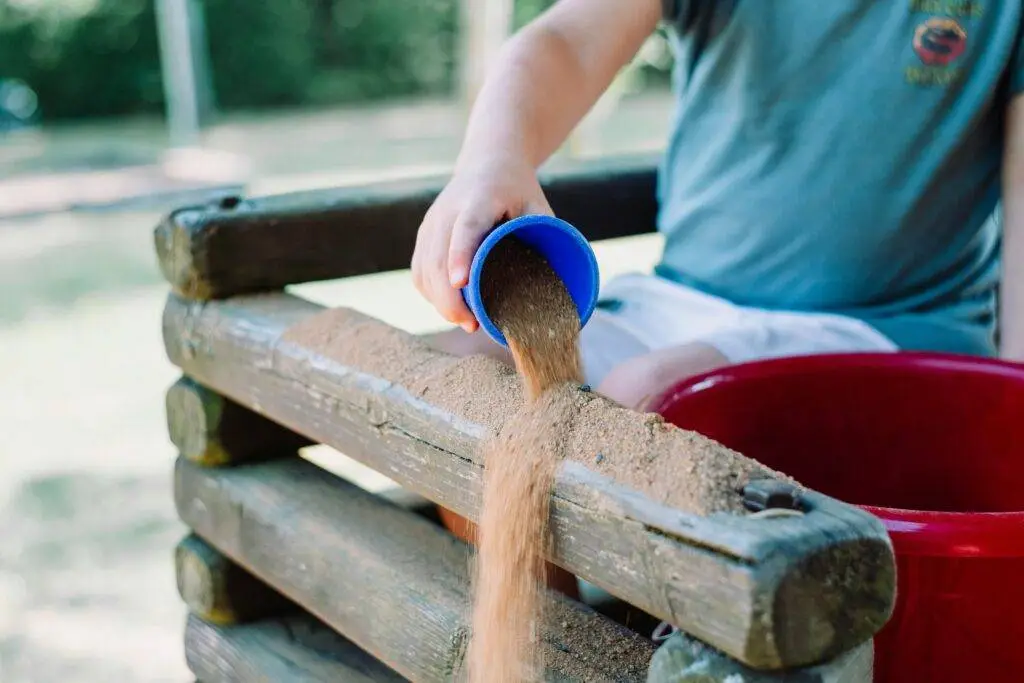
Learning with Nature, Not Just in Nature
Dr. Claire Warden emphasizes learning with nature, considering the seasons. Align your curriculum with the changing seasons, incorporating outdoor activities like making rain gauges or planting gardens. Foster children’s voice and agency by involving them in planning.
It’s also great opportunity for children to share their learning and make it visible through floor books or a learning wall – so you use this opportunity not only for planning and learning, but for community building too. We as educators need to be alert to the possibilities. We need to be aware and really switched on – teaching is not a passive job, if you want passive, then teaching is not for you!
As you stand there contemplating your space, you need to consider your curriculum, the seasons and what is available for you outdoors. Perhaps you need more authentic equipment, things like real pots, and, spoons and colanders in your sandpit and mud kitchen. Perhaps you need planter boxes and plants and seeds or perhaps you need loose parts.
Budget-Friendly Ideas for Outdoor Resources
Despite budget constraints, with imagination and determination, you can create fabulous outdoor experiences. Nature offers abundant free resources like seed pods, shells, sticks, and rocks. Engage the community by requesting donations of unused kitchen equipment for sandpits or mud kitchens.
With a little imagination and ingenuity and a generous dollop of determination, you can provide fabulous experiences for children.
You might experience that the seed pods and other natural elements disappear into the sand. Take a leaf out of Japanese schools’ books, and get kids to rake the sand with child sized rakes to once again unearth all the natural elements that disappeared into the sand. What an amazing life lesson, teaching responsibility and community, not to mention a great physical workout!
If you want to create a vegetable garden and you need some planters and plants, why not apply for a grant? Just a simple google search for plants and planter grant for schools will yield quite a few options.
And don’t forget to plant some flowers. Some wild flowers and herbs, things like mint for example. Children can pick, make potions, chop, and you can even harvest them and make a salad together.
The Magic of Loose Parts
Loose parts are essential for any learning space. Seek donations or explore second-hand options. Embrace the beauty of loose parts play, fostering rich and deep learning experiences, even with limited outdoor resources.
Businesses like REMIDA (read this post to find out more about REMIDA) here in Perth provide all sorts of objects that they’ve sourced from industry and repurposed. You could even consider bringing loose parts out in a trolley either daily or once a week, something is better than nothing.
Enhancing the Space with Natural Elements
Logs and log slices, if available, add a calming natural touch and enhance core strength. Explore community resources like arborists or local councils for logs or planters. If trees aren’t present, consider involving the community in planting them for year-round learning opportunities.
If you’re in the very exciting and fortunate position of planning a brand-new outdoor area, the leading authority on outdoor learning, Dr Claire Warden suggests planting different varieties of trees, because they all have different characteristics. Different leaf shapes, colours, textures – see them as opportunities for learning. Imagine classifying leaves according to shape, size, colour, texture? Or making patterns with difference leaves? Outdoor Maths lesson sorted!
Safety First
Prioritize health and safety when introducing new equipment. Ensure that everything in the space is child-friendly and won’t cause harm.
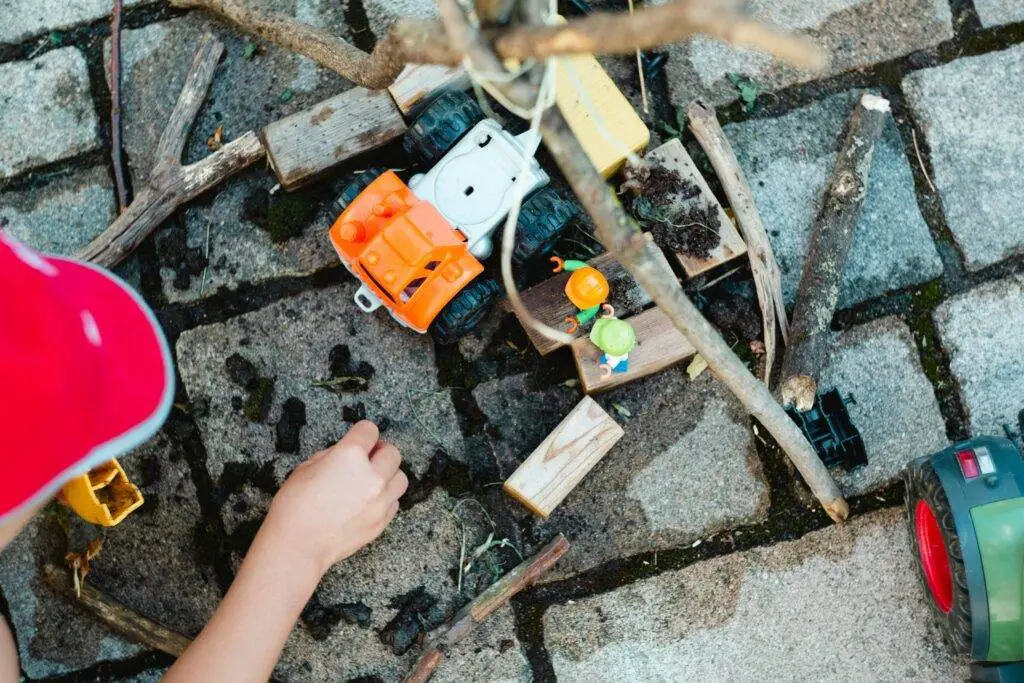
Seek Inspiration
Explore resources from outdoor learning experts like Rusty Keeler and Dr. Claire Warden. Their ideas and insights can guide you in transforming your outdoor space into a wonder-filled learning environment.
Curiosity is the Key for an Outdoor Learning Environment
Remember, the primary consideration is whether the environment evokes awe and wonder in children. Create opportunities for curiosity, physical activity, and cater to various learning styles.
As you plan for outdoor learning experiences, let curiosity be your guide. Model wonder, ask the kids for input, and embark on exciting projects together.
Check out this post and lesson plan for a picture book called The Curious Garden, it has links to the Australian curriculum and I have integrated inquiry into the lesson. Guided Backyard Inquiry is great for starting an inquiry project into those teachable moments when kids find a bug on the ground and you want to take that learning further.
As you plan your learning experiences for the term ahead, what is your most challenging experience when it comes to planning and integrating inquiry into your lessons? Click below to leave a voice message.
